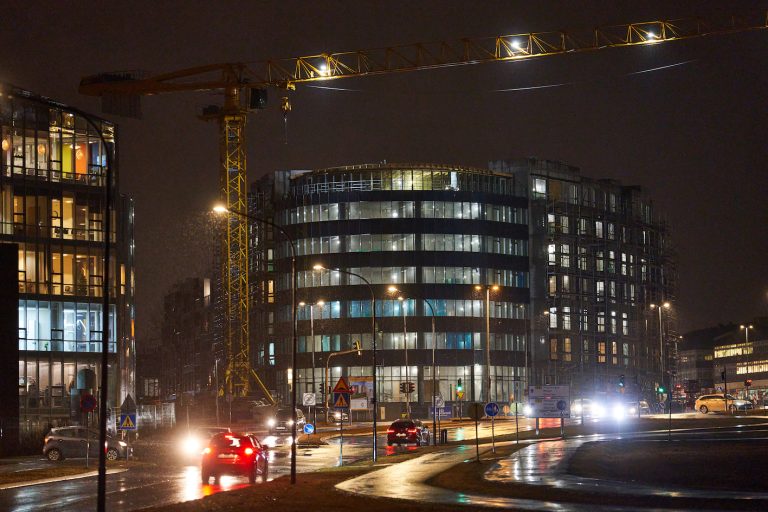Looking to the future, it is evident that more needs to be built in Iceland. This has been an ongoing problem for a long time. Let’s look at the country’s development in the last few decades. We can see that the inflation rate in Iceland has remained relatively stable, except for one area: housing prices. According to economist Ólafur Margeirsson, there is a severe housing shortage in Iceland, and the population has grown by about 25% since 2010.
If we examine the increase in the number of residential units (including apartments and detached houses) in the country over the last decade, we can see that the rate of construction has been historically slow in recent years. This is a significant issue that needs to be addressed. The lack of affordable housing drives up inflation.
Last year, over 3,500 single-family and multi-family units were built in the country, the highest number in 17 years since 2006. The municipalities where the most buildings were erected were: Reykjavík (870 buildings), Hafnarfjörður (550 buildings), and Garðabær (414 buildings). However, to ensure that everyone has access to affordable housing and to keep inflation under control, much more needs to be built in the cities and the countryside.
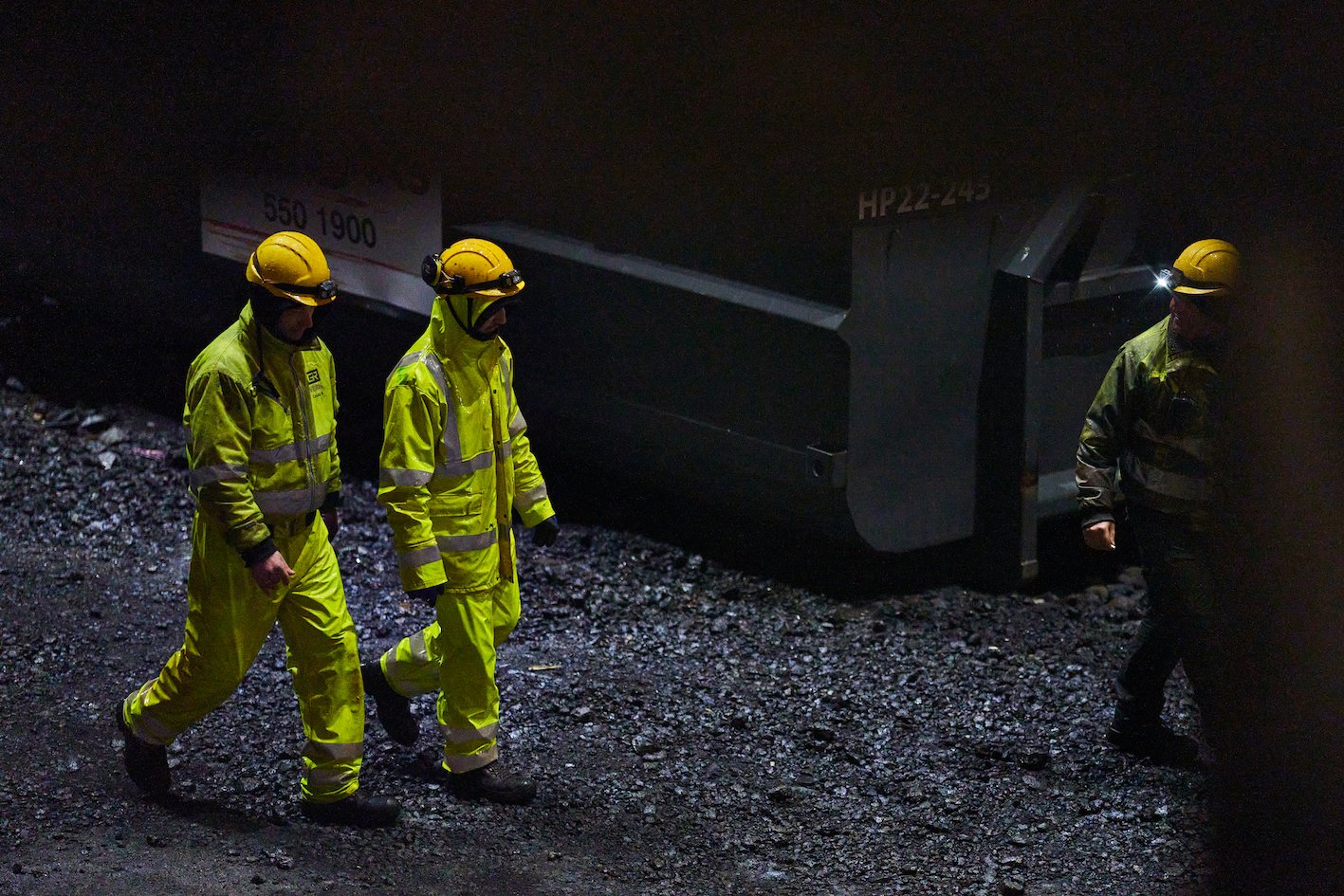
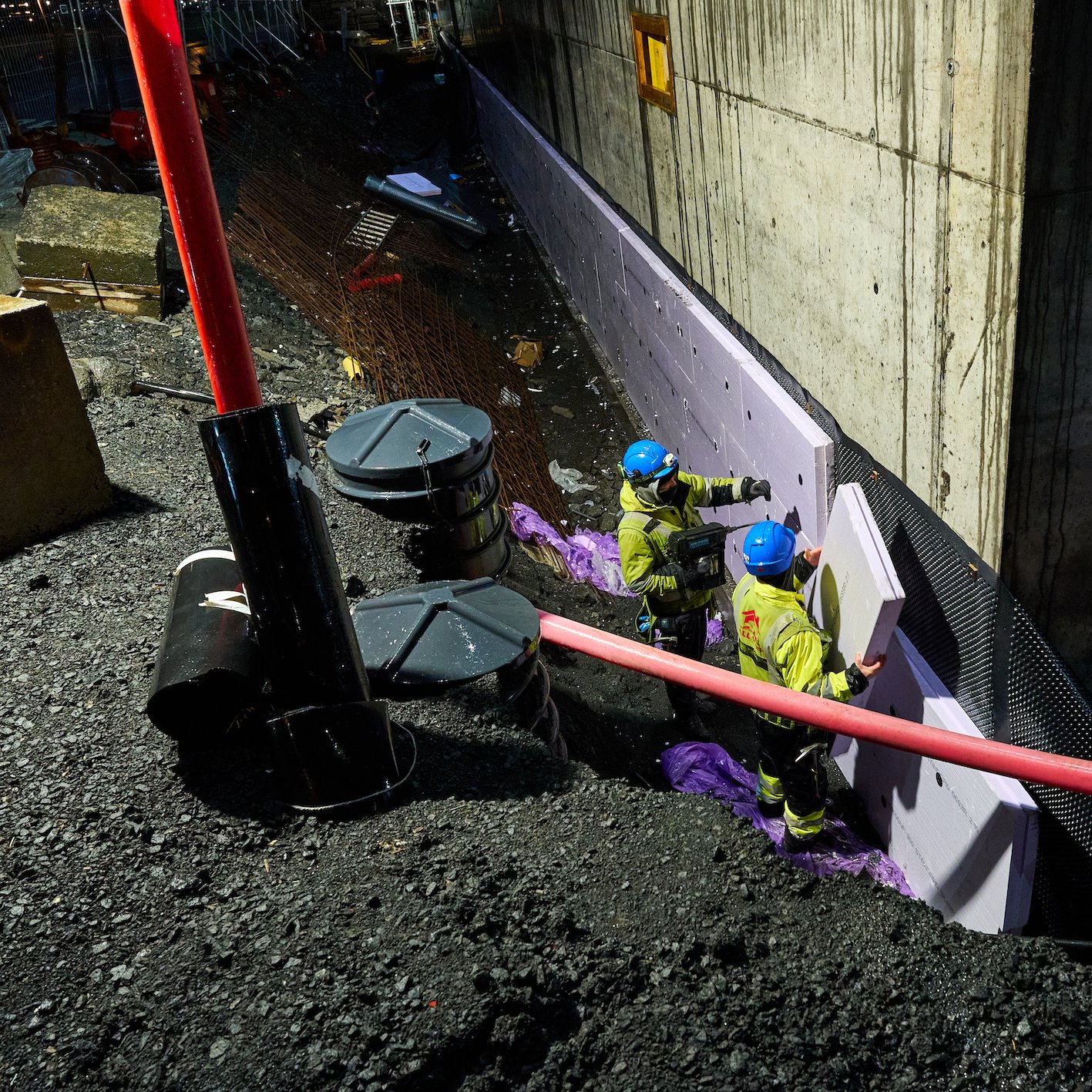
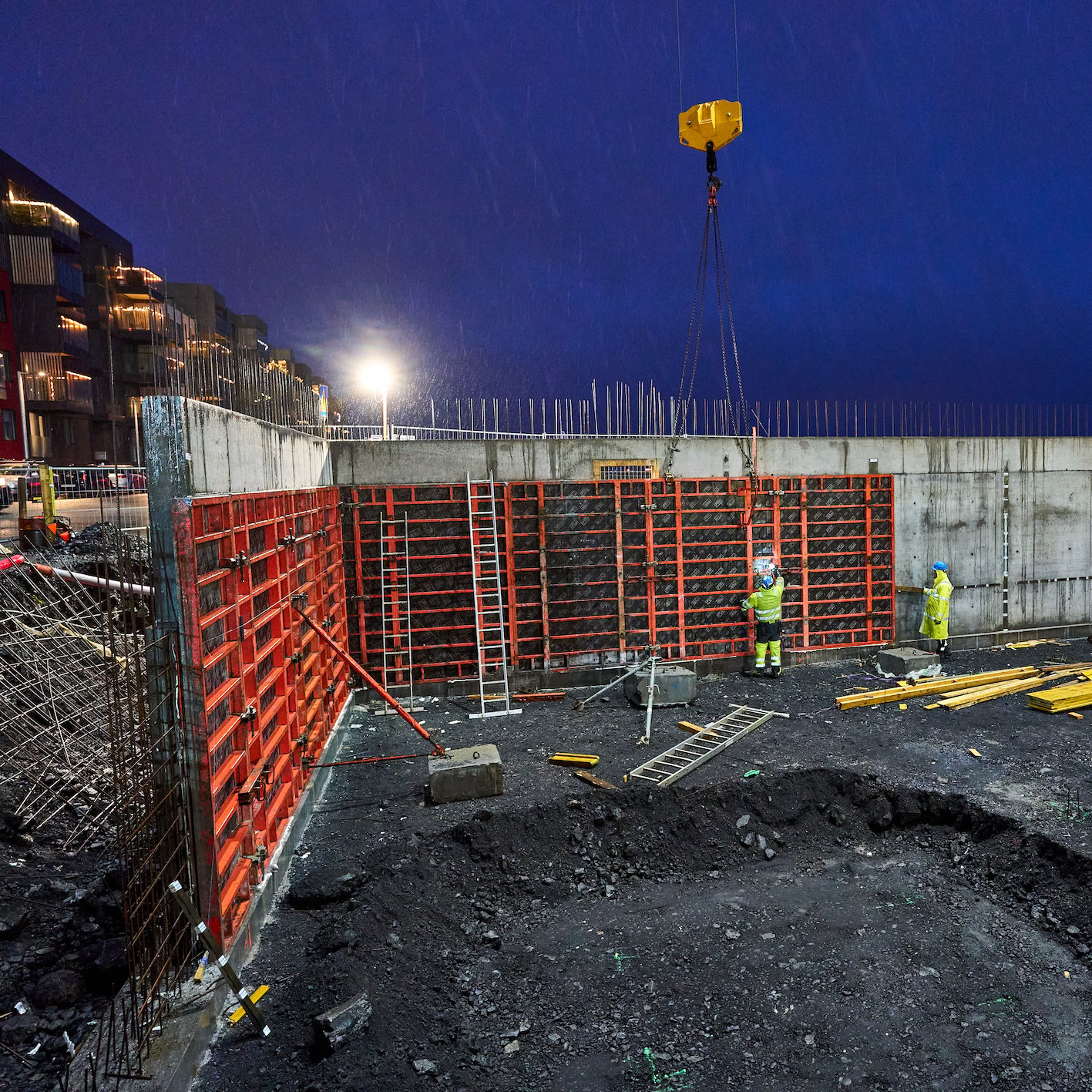

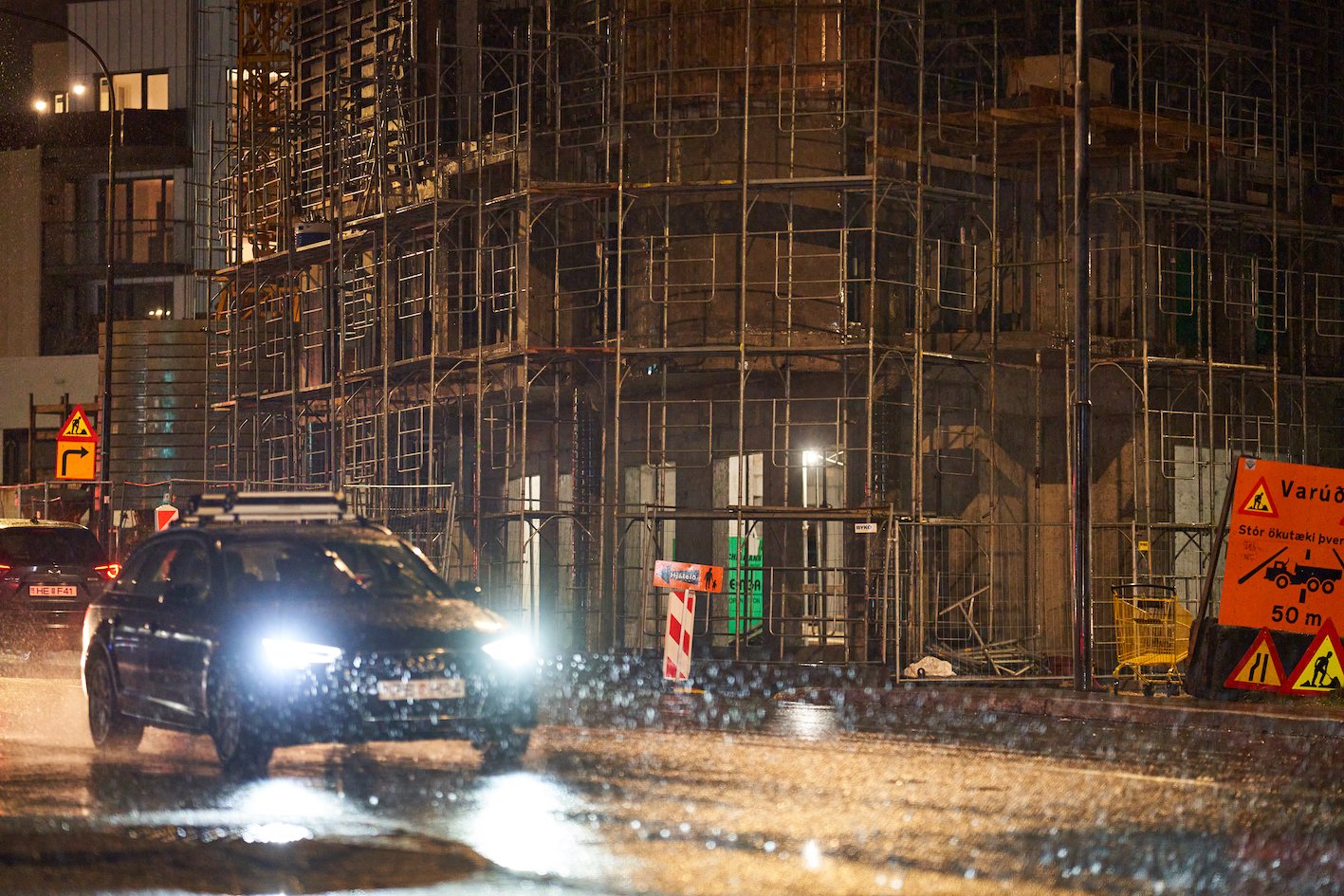
Reykjavík 12/01/2024 -A7R IV, A7C : FE 1.8/135mm GM, 1.8/20mm G
Photographs & text: Páll Stefánsson

